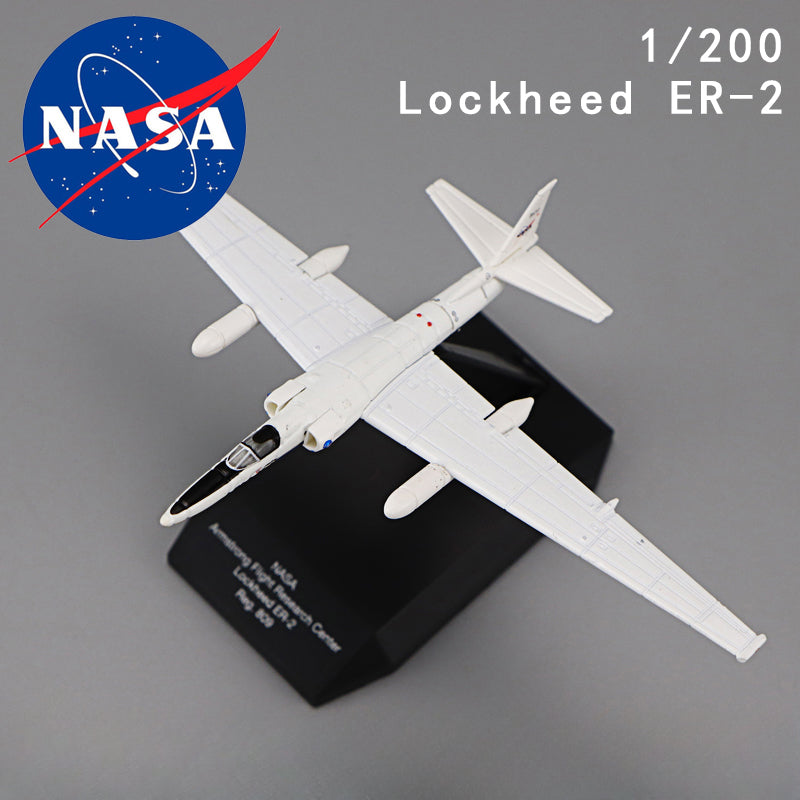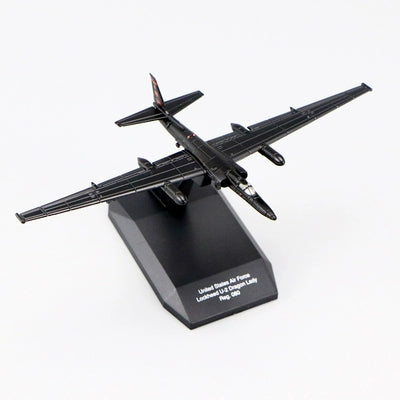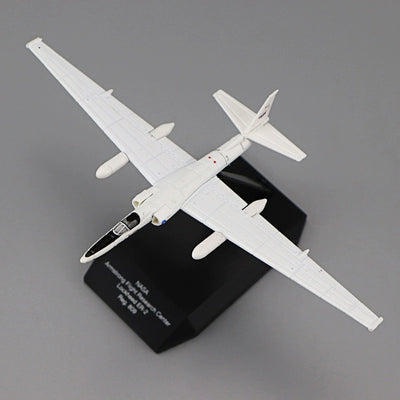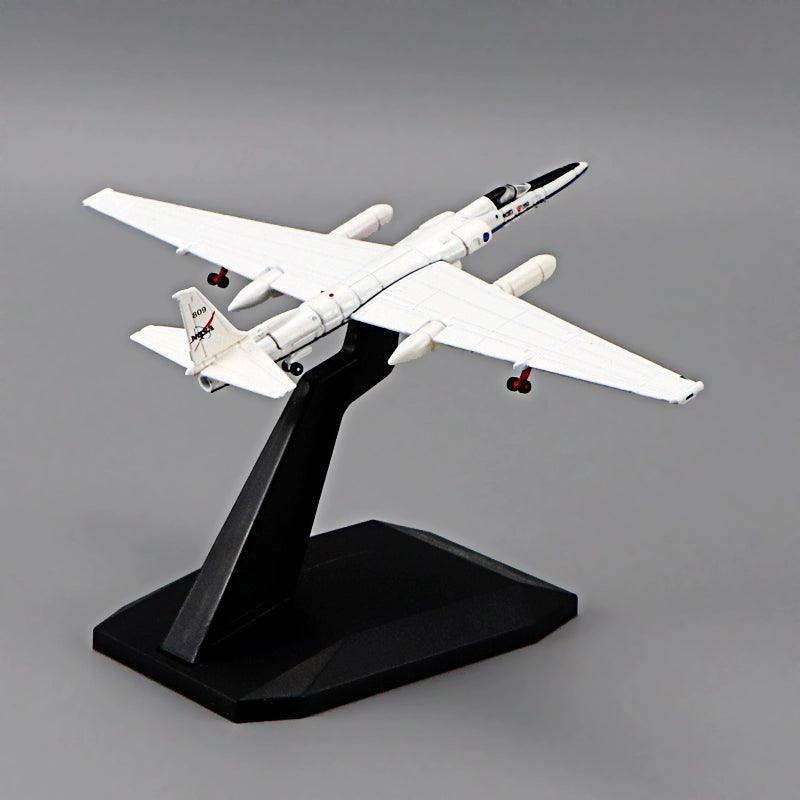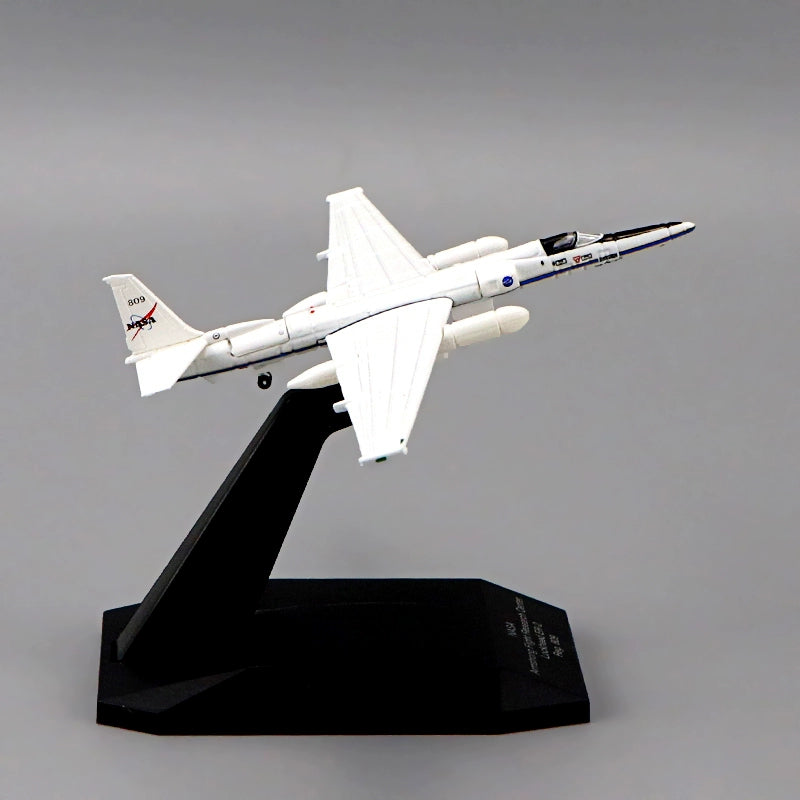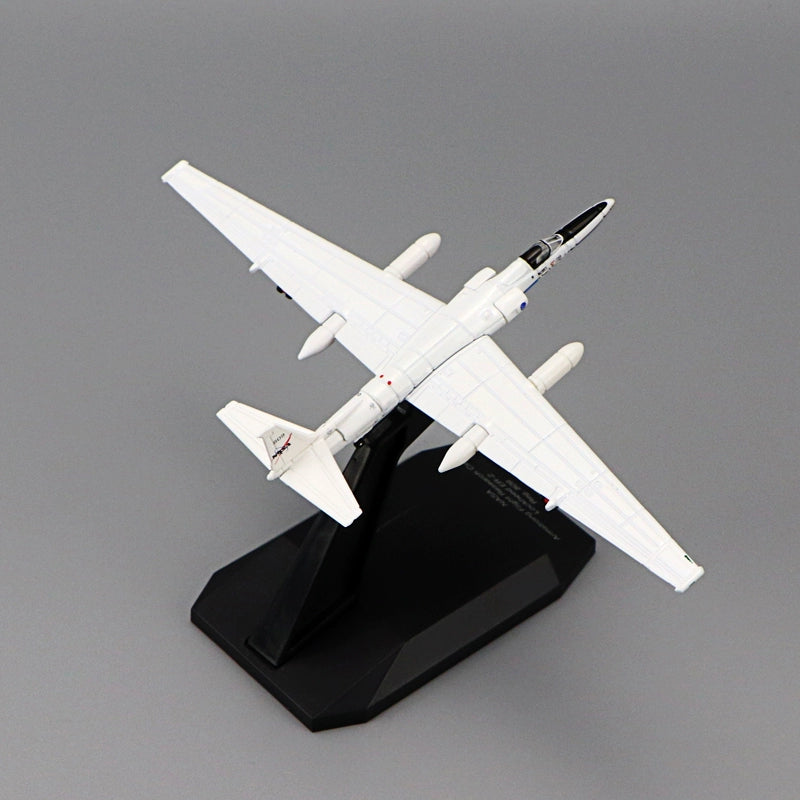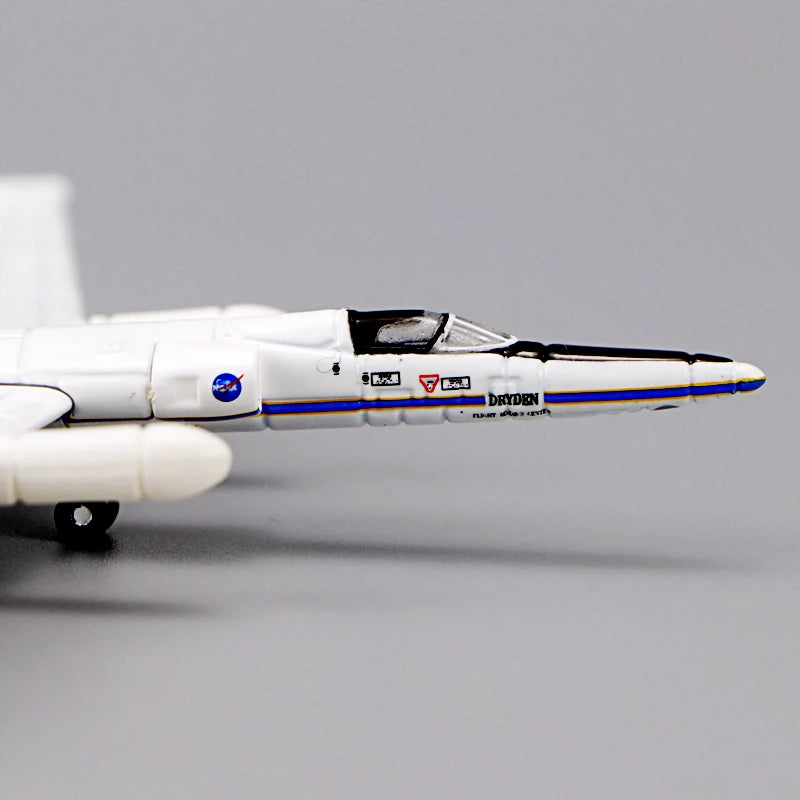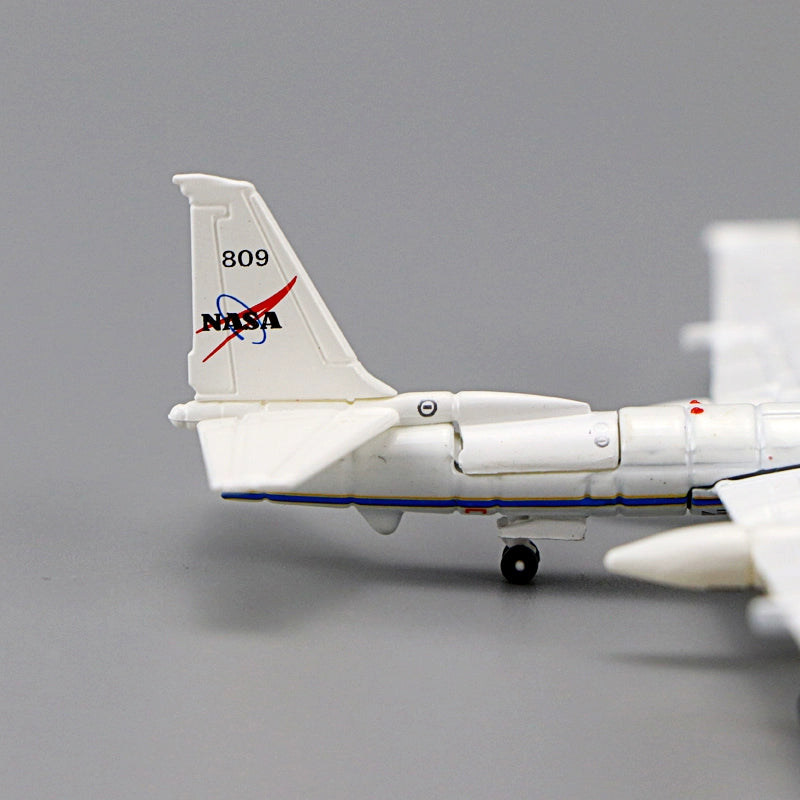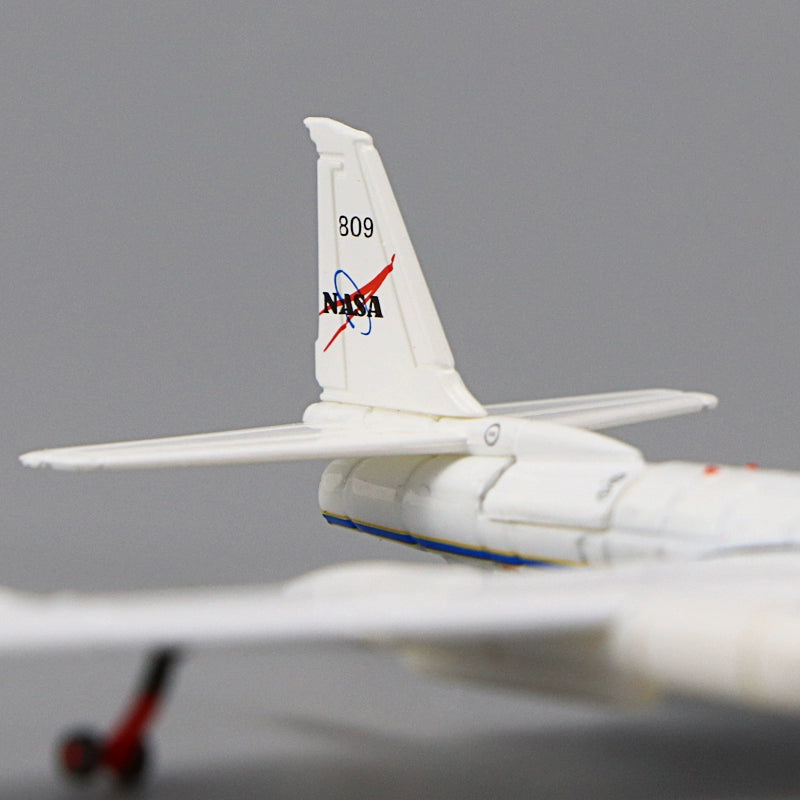old boy hobby
1/200 Scale NASA ER-2 High-Altitude Civilian Research aircraft Diecast Model
1/200 Scale NASA ER-2 High-Altitude Civilian Research aircraft Diecast Model
Couldn't load pickup availability
- diecast and pre-painted, ready to display
- material: metal & plastic
- scale: 1/200
- size: 9.5*15.5*3 cm
The Lockheed U-2, nicknamed "Dragon Lady", is an American single-engine, high altitude reconnaissance aircraft operated from the 1950s by the United States Air Force (USAF) and the Central Intelligence Agency (CIA). It provides day and night, high-altitude (70,000 feet, 21,300 meters), all-weather intelligence gathering.
Lockheed Corporation originally proposed it in 1953, it was approved in 1954, and its first test flight was in 1955. It was flown during the Cold War over the Soviet Union, China, Vietnam, and Cuba. In 1960, Gary Powers was shot down in a CIA U-2C over the Soviet Union by a surface-to-air missile (SAM). Major Rudolf Anderson Jr. was shot down in a U-2 during the Cuban Missile Crisis in 1962.
U-2s have taken part in post-Cold War conflicts in Afghanistan and Iraq, and supported several multinational NATO operations. The U-2 has also been used for electronic sensor research, satellite calibration, scientific research, and communications purposes. The U-2 is one of a handful of aircraft types to have served the USAF for over 50 years, along with the Boeing B-52, Boeing KC-135, Lockheed C-130 and Lockheed C-5. The newest models (TR-1, U-2R, U-2S) entered service in the 1980s, and the latest model, the U-2S, had a technical upgrade in 2012. The U-2 is currently operated by the USAF.
A derivative of the U-2 known as the ER-2 (Earth Resources 2), in NASA's white livery, is based at the Dryden Flight Research Center (now Armstrong Flight Research Center) and is used for high-altitude civilian research including Earth resources, celestial observations, atmospheric chemistry and dynamics, and oceanic processes. Programs using the aircraft include the Airborne Science Program, ERAST and Earth Science Enterprise. Landings are assisted by another pilot at speeds exceeding 120 miles per hour (190 km/h) in a chase car.
--copied from Wikipedia
Share
